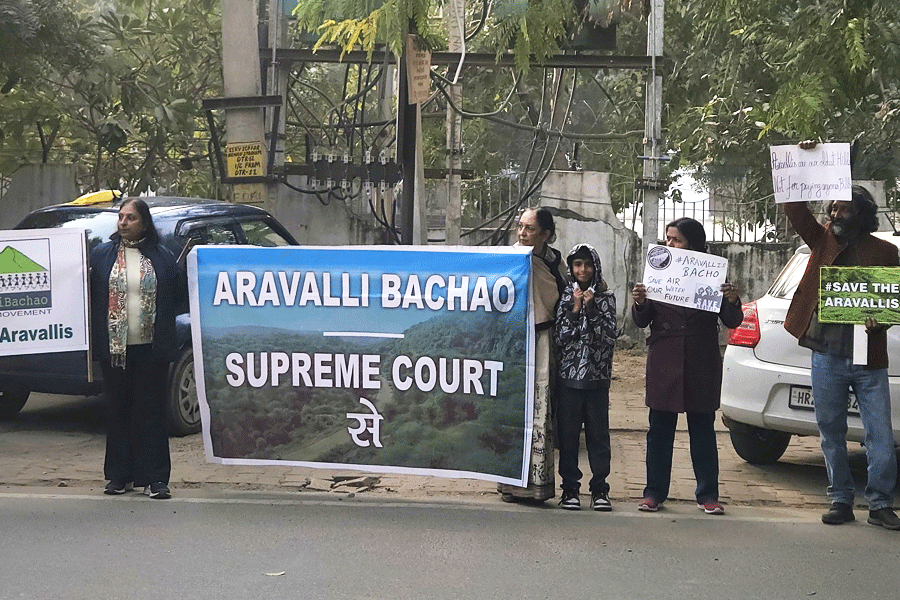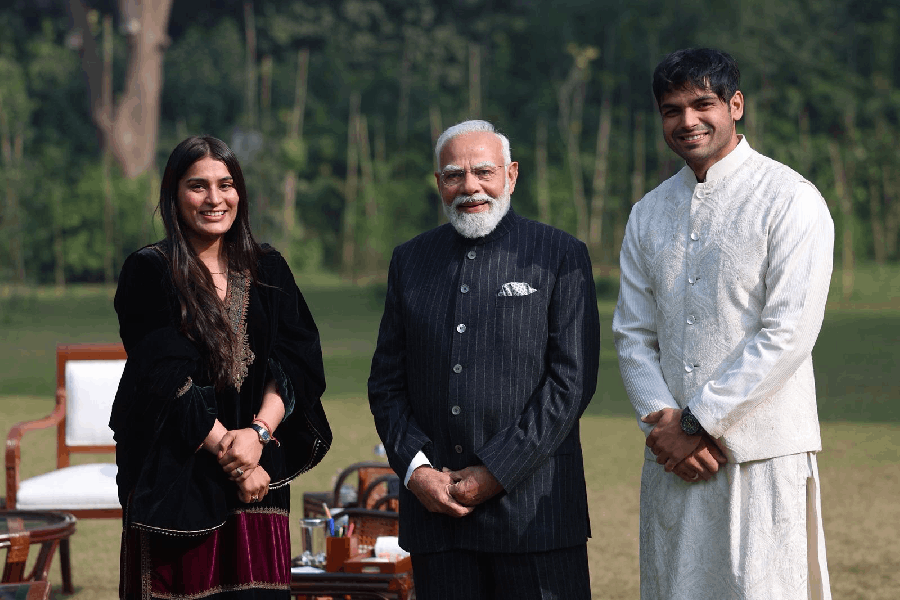 |
| The pig breeding farm in Titabar. Telegraph picture |
Jorhat, Sept. 6: The veterinary and animal husbandry department here is seeking more land from the government to expand its integrated piggery development project at Bajalbari in Titabar sub-division in the district.
Joint director-in-charge of the department, Rajendra Prasad Shyam, said the base pig breeding farm which started in 2008 had shown huge profits to the tune of Rs 1.85 lakh in the past two years with only 25 pigs.
“We had about four bighas of land on which stood a disused veterinary dispensary and this was converted into the pig breeding farm with Rs 23 lakh sanctioned by the Centre. In October 2008, five male and 20 female large white Yorkshire pigs were brought from Khanapara, Guwahati, for breeding. Now, we are seeking an additional six bighas of land to put in more pigs given the heavy demand from nearby villages and neighbouring Nagaland,” Shyam said.
“Pork usually forms a part of the diet of the indigenous people here and pig rearing and breeding has immense potential. The piggery at Bajalbari is one of the best farms and in just two years has shown a huge profit,” he said.
Veterinarian R.K. Patar, in charge of the farm, said till date, 115 self-help groups had been trained in pig breeding but it was found that individual farmers were more successful in sustaining the business. Women self-help groups again were more successful than the men as they were better suited to nurturing the piglets and were more serious as the money from selling pork usually came in handy as a supplementary income.
Recently 20 self-help groups under the Thengal Kachari Autonomous Council were trained.
A piglet gains 80kg weight in 8 months and can be sold thereafter. However, pigs can gain up to 400-500kg weight in five years but this is uneconomical in terms of food consumed and the amount of weight gained thereafter. One kg of pork costs between Rs 120 and Rs 140 in different places and a full-grown pig can fetch as much as Rs 10,000.
A sow can breed twice a year producing 12 to 15 piglets in a batch and up to five years if it does not become too fat.
Patar said the pig sties were scientifically constructed with boars being allotted 8 square feet space each, females, six square feet each and females with broods 8 square feet each. There were also separate feeding and water troughs as well as washing areas.
“People commonly believe that pigs are dirty creatures which wallow in mud and filth. But this is a myth and the toilet habits of the pigs at the farm differ from those seen generally roaming the streets. These pigs are washed everyday in potash during the summer months and quite often during the winter,” he said.
“We would like to expand our farm to accommodate at least 50 pigs as the demand has increased. We would also like to make a fishery as part of the integrated project proposal,” Patar said. Despite the increased demand, there were preferences for black coloured pigs instead of the white Yorkshires, a breed from England and for short snouts instead of long ones.










